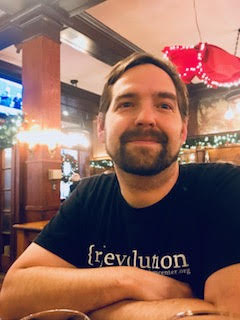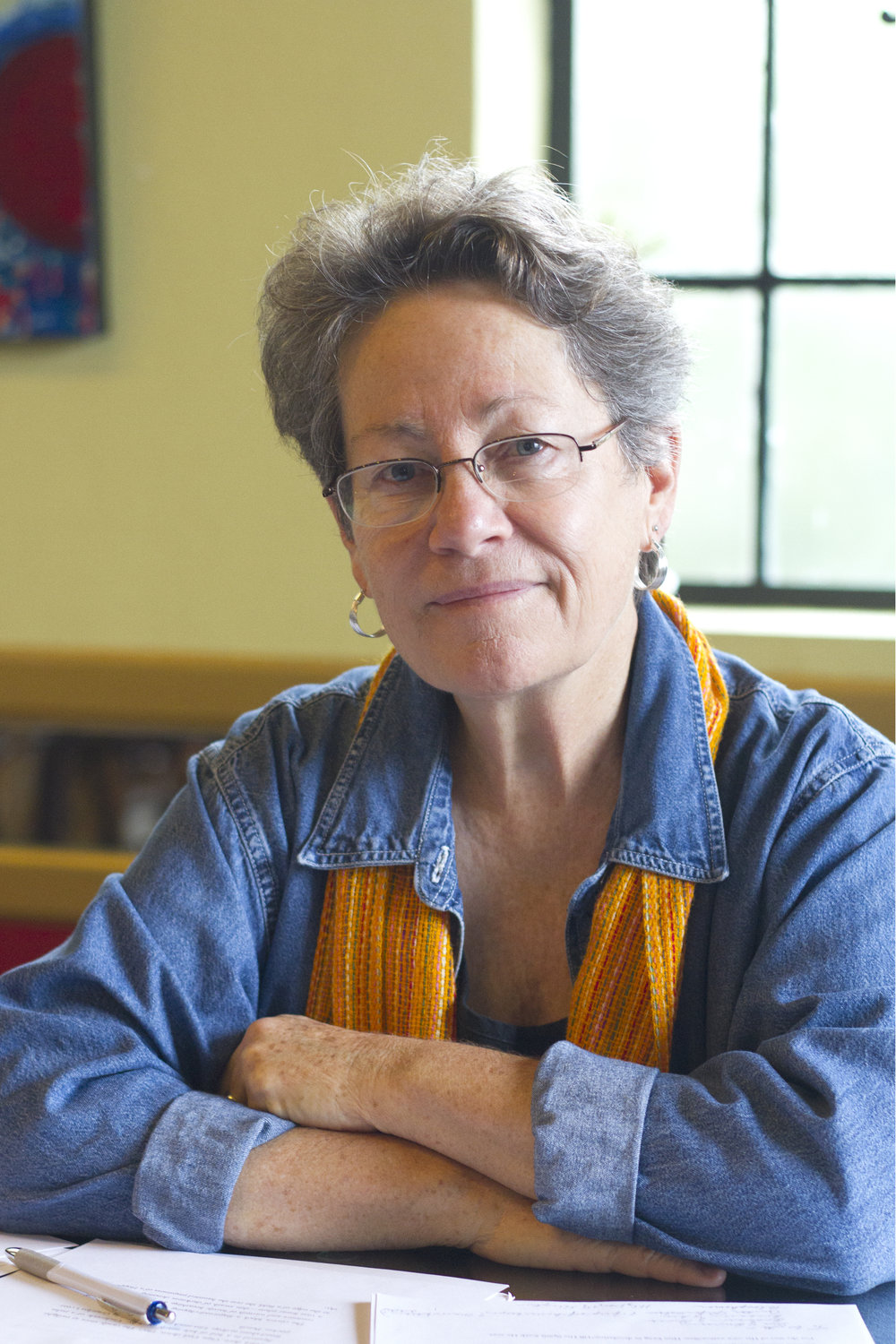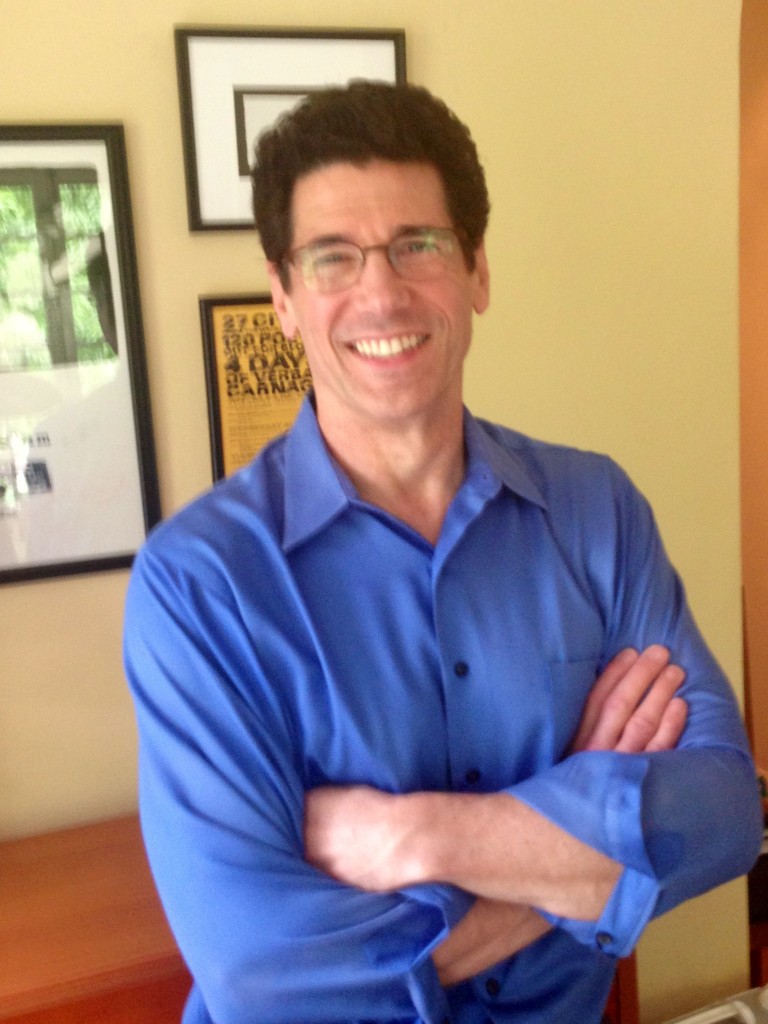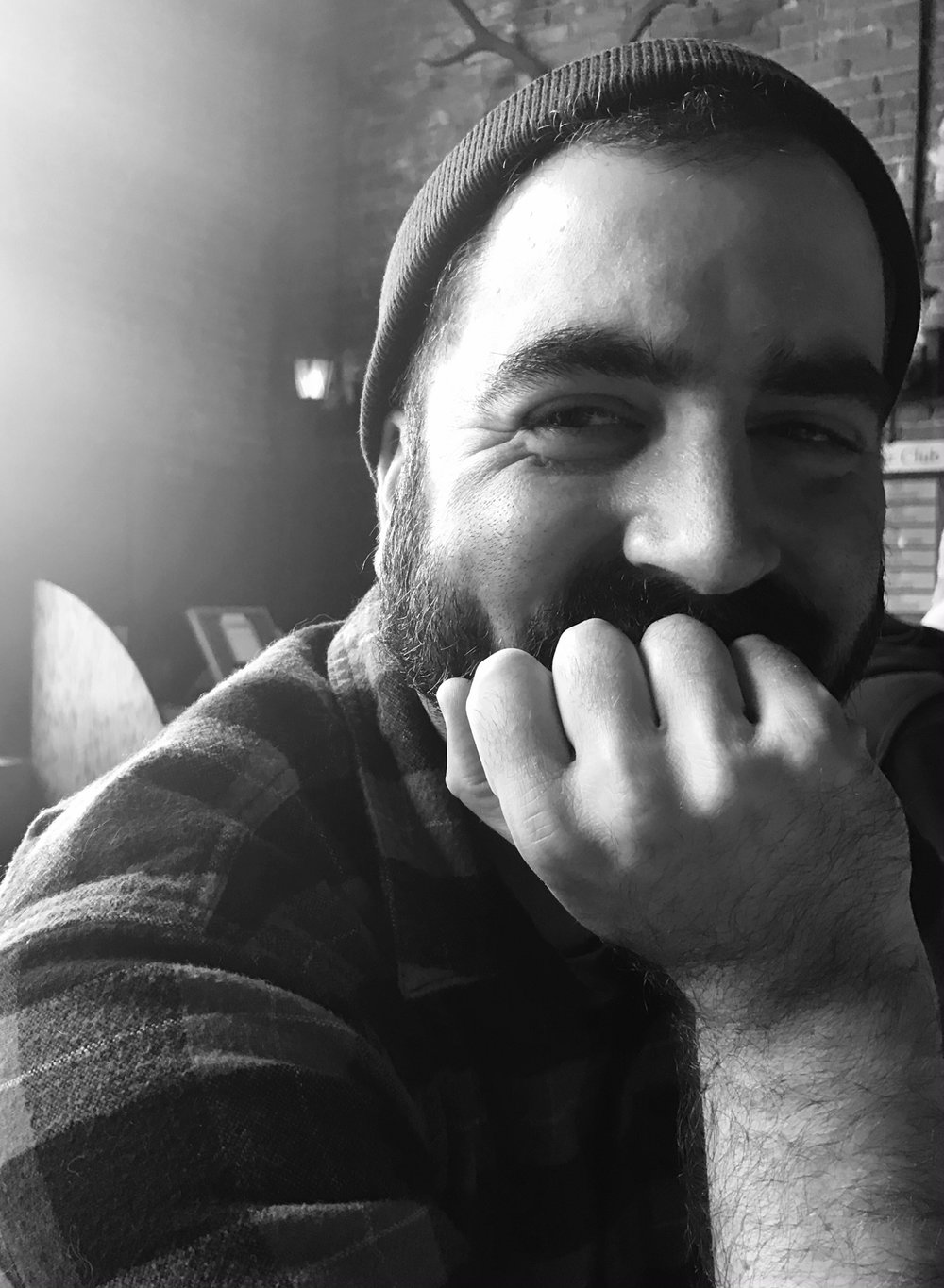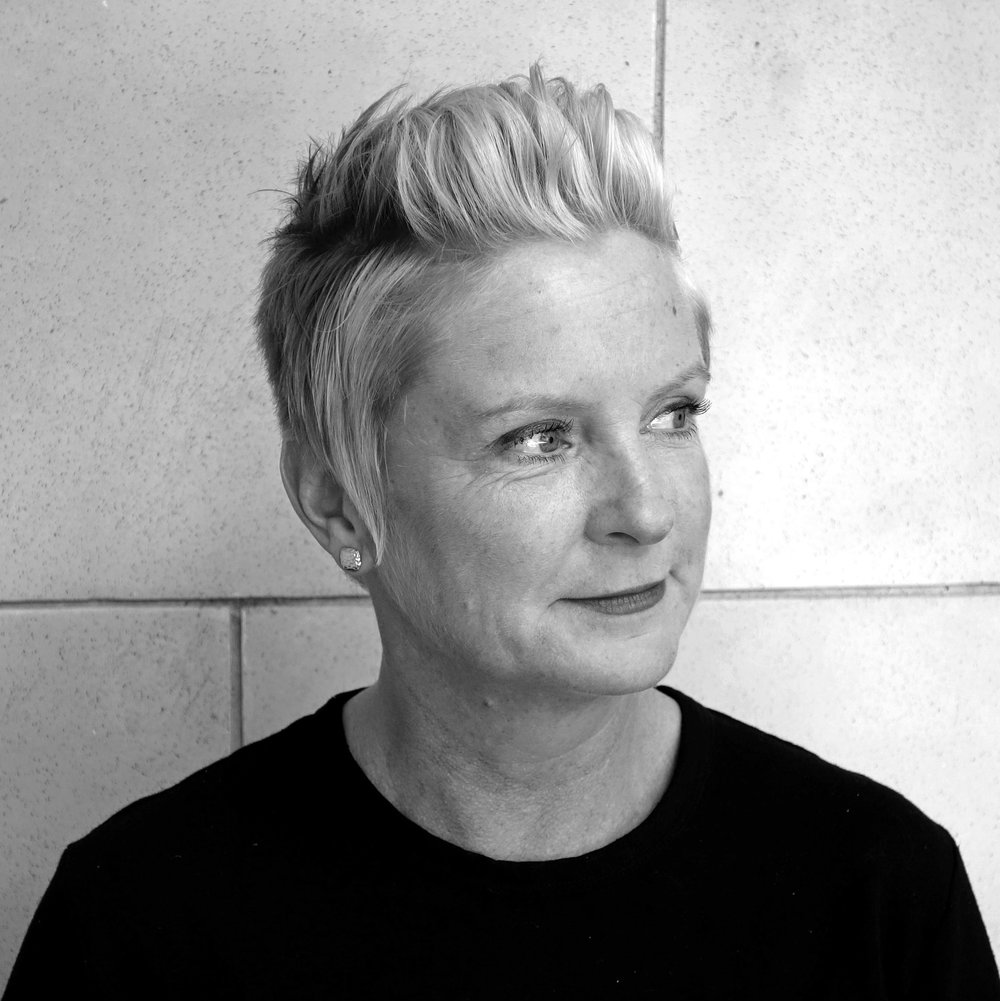Paula Mendoza's work has appeared in Parcel, Bat City Review, Washington Square, and elsewhere. She's the essay editor for The Offing, assistant poetry editor for Newfound, and a reviewer for SCOUT. She earned her MFA at the University of Michigan, and is a PhD candidate at the University of Utah. She lives and writes between states.
Her poem "I Am a Beast, I Have All the Markings," appeared in Issue Eighty-Two of The Rupture.
Here, she speaks with interviewer Victoria DiMartino about what collaboration can lead to, what white space does to a poem, and giving credit to your ex’s, even if they say the poem is yours to keep.
“I Am a Beast, I Have All the Markings” is a title that really catches the eye. Where did you get your inspiration for the title and how do you come to create the piece?
The poem actually began as a writing game between me and my boyfriend at the time. We were passing my notebook back and forth between us, taking turns putting down lines. The only rule was that we narratively or rhetorically swerved on the eighth line and wrapped up by the fourteenth. So, a (not-quite) sonnet. I remember that my lines kept getting longer and his kept going shorter, and at some I point I was even crossing his out and changing his words. In this way, I ended up with the poem to keep, fix/destroy, and do with as I wished. It’s gone through many, many revisions and edits since then. Pretty sure he introduced the clown and the choirboy, and I ran with that. They set up a nightmare biblical-circus-spectacle in my head. I grew up Catholic and this instilled in me a deep appreciation for the theatre of religion. The costumes, the ceremony, the over-saturated stories. The laying of hands, Daniel and the lion’s den—every one of those damn miracles! It’s all so gorgeous and over the top! The title came after. I think it gets across both a sense of fear and arrogance. Or maybe audacity is the better word? Delusional grandiosity? As a child I was legitimately afraid, anytime I did something “bad” or “wrong”, that I was capital E, evil. It’s so fucked up the different ways guilt and shame are inculcated. There’s also something superemely vain about how I interpreted that sense of guilt. I’m not sure, but maybe poetry helps with that kind of distorted thinking? It gives certain kinds of narcissm a narrative. It’s like—you say I’m bad? Alright, then. I’m bad. I’m so bad, I’m evil. I’m a beast. Look, here’s three sixes marked on my scalp. Here’s this constellation of moles shaped like a pentagram. I have all the markings, see?
The lines “Soft strokes choke / through holes, so / let there be less light, / explosions, applause.” creates a vivid image in terms of imaging colors and light, but a concrete image slips from the readers’ mind. What kind of scene were you trying to create within these lines and what is happening at this point in the piece?
I’ve got to give credit to the ex for that one. My line was the purpling neck and I think he was just playing with the sound of “choke.” The original line was, “Soft strokes choke through the yoke hole and let”—and then it was my turn again. I hated “yoke hole” so I cut that but I loved the idea of asphyxiation being “soft”, or of death coming in “soft strokes.” As if the end could somehow be affectionate. I don’t really care about giving readers a “concrete image.” That’s what paintings are for. Language is for smudging and blurring and making slippery any image attempting to resolve or fix itself in one’s mind. And please no one come at me with Pound’s metro poem or a lesson on imagery in poetry. I can dig petals on a black bough, but how anything like that poem works is because of the idea which engines it. Contrast is a compositional idea, faceless “faces in a crowd” constitute an idea. Anyway, at this point in the piece, the man who isn’t the clown is dead. There’s some Genesis (the story, not the band) and Goethe via Anthony Hecht happening in “let there be less light.” And then, there’s a bit of Auden’s “Funeral Blues” in there, too—which is such a tender and earnest and devastating poem. Auden’s scene estranges the quotidian (aeroplanes, traffic policemen, public doves) to ceremonialize a private grief. This poem fails to be that brave and sincere, but it’s attempting a similar call for solemnity. If anything should shut down the spectacle, it should be the death of this not-clown man. And the only real miracle, ever, is the trust you place, and the rest you find, in an animal that can kill you.
In terms of form you stick to a very strict three-line stanza with very simple language, never taking a line to be more than five words. How do you feel the form plays into the piece as a whole and what do you feel this choice does for the piece?
I find sparser lines and shorter stanzas feel quieter and more reserved. Not across the board, but generally, if I want a poem to convey anything like stillness, I’ll break it into couplets and start pulling more white space between and into the lines. And I mean pulling, here, not putting in, the way people say a shade of blush pulls blue or pulls yellow. White space is something you highlight, conceal, contour… Sorry. I’ve been watching a lot of YouTube make-up tutorials lately. I think I just mean that white space can be tactile. It can be a plane, a literal surface which language carves, shapes, and manipulates. This poem was originally a sonnet with much longer lines. There was a line I wrote, which I cut—it was a question, actually: “Have you forgotten how to pray?”. It took several drafts before I finally murdered that darling. It’s still ghosted through the line, “Did you forget to kneel?”. I think whatever reads as “simple language” or “strict” in the poem’s structure was the result of my attempt to show that first question an answer.
What are you reading lately? Are you reading anything in a genre you usually don’t read or are you sticking to reading the genre that you write in?
Simone White’s Dear Angel of Death, Marie Buck’s Portrait of Doom, and Elisa Gabbert’s The Word Pretty. I’m also “reading” Classic Tailoring Techniques / A Construction Guide for Women’s Wear by Roberto Cabrera and Patrica Flaherty Meyers. I don’t understand people who stick to the genre that they write in. Does anyone really do that?
What are you writing lately that you are excited to share with the world?
Very little, I’m afraid. I’m excited to be writing, I’m always excited to be immersed in and/or consumed by language and ideas (currently: nostalgia, sentimentality) but I’m not sure I’m ever “excited to share” my obssessions “with the world.” I don’t know. The world’s got a lot on its plate these days. If I ever write a fool-proof, step-by-step plan to solve our current climate crisis and end poverty, I’ll be sure as hell excited to share that.


